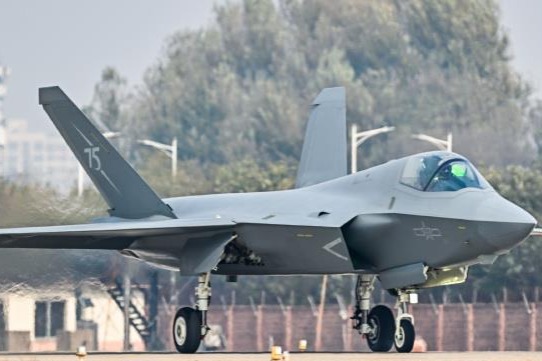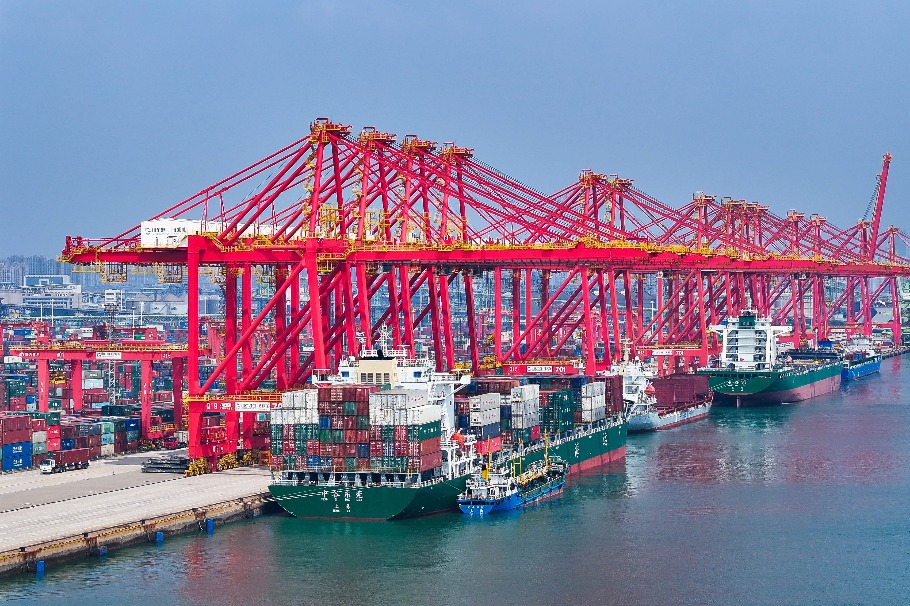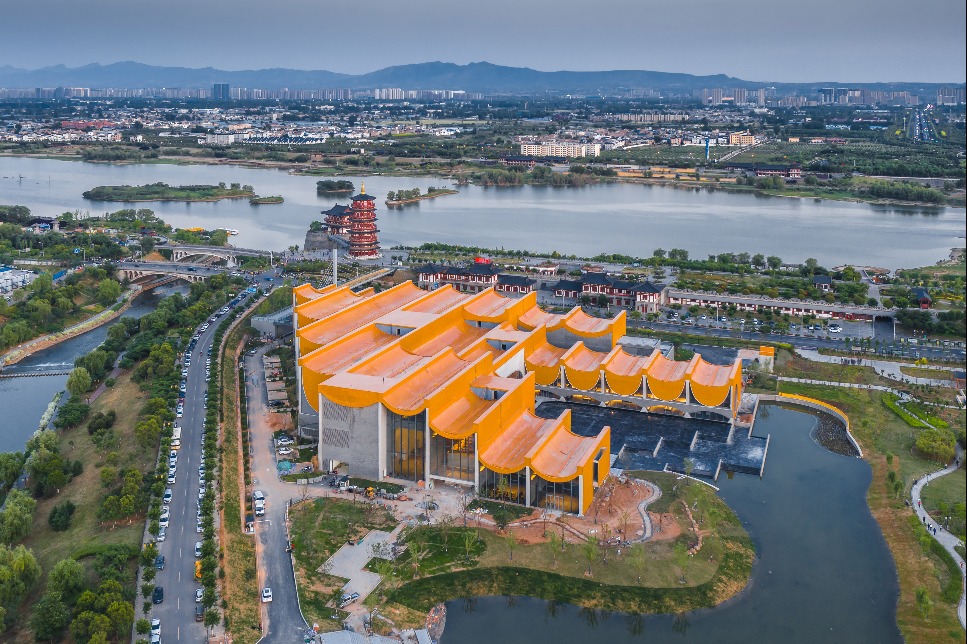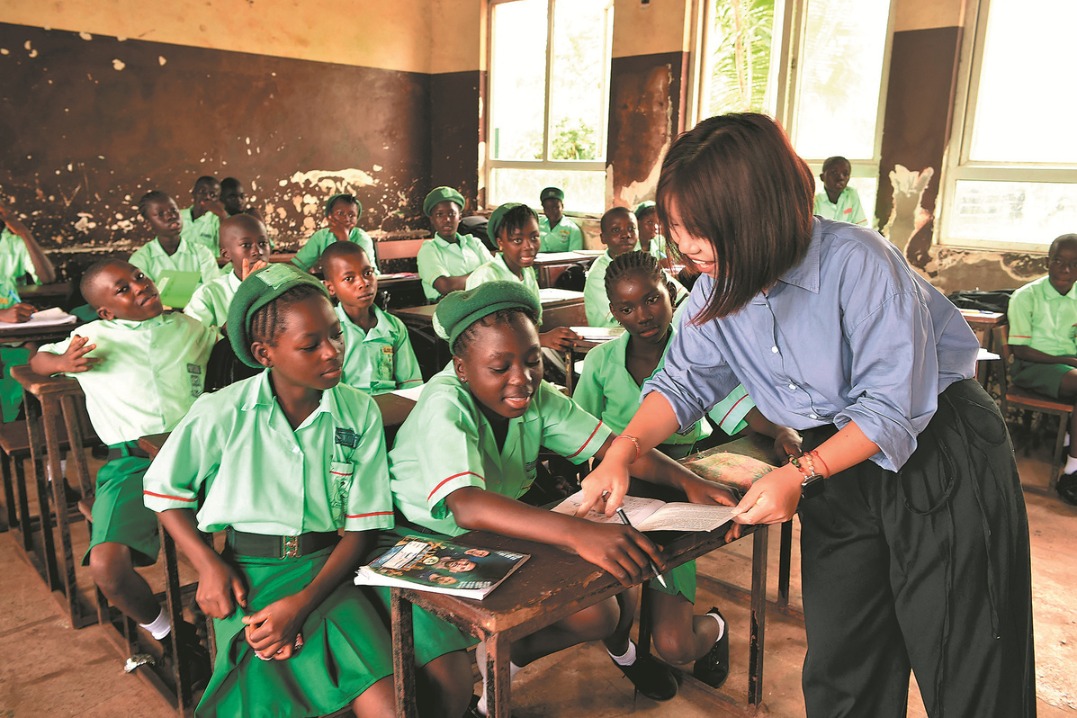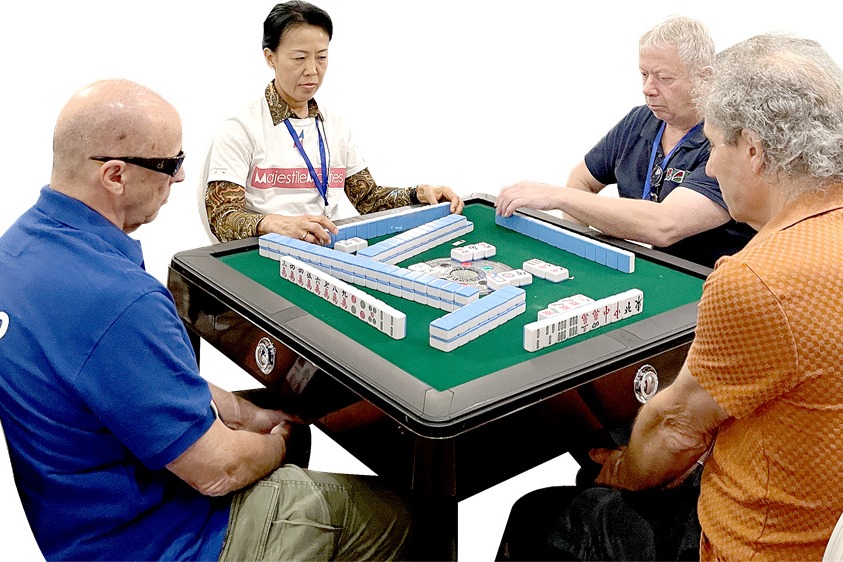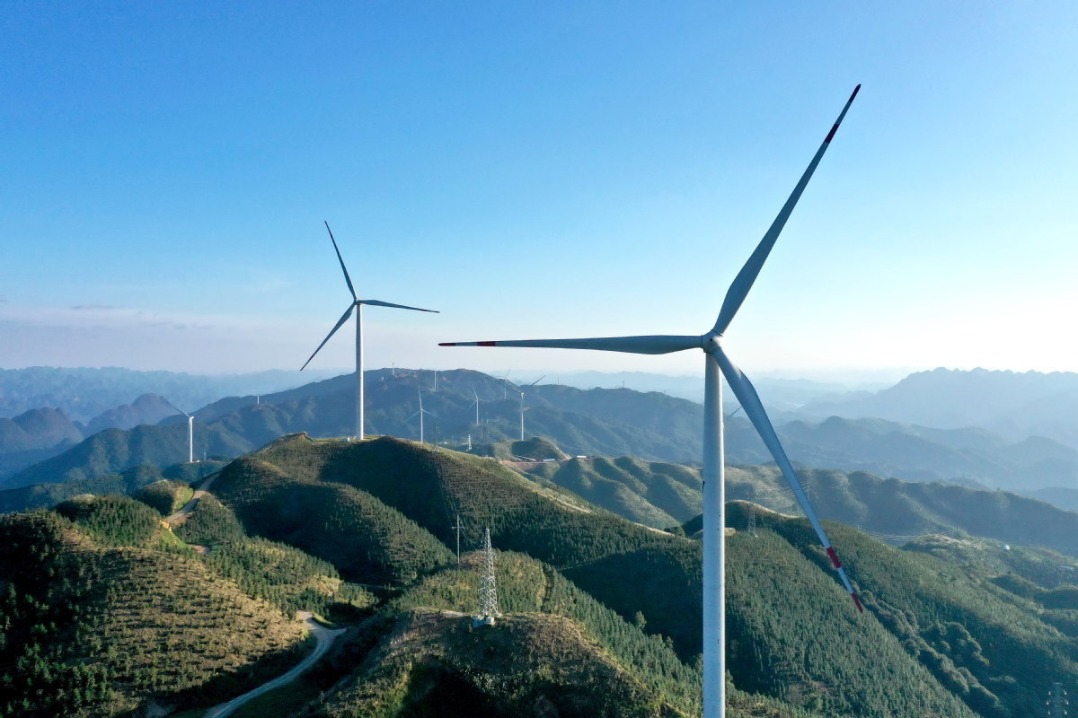India's solar mission reaches final orbit
By ARUNAVA DAS in Kolkata, India and XU WEIWEI in Hong Kong | chinadaily.com.cn | Updated: 2024-01-09 21:01

India's maiden solar mission Aditya-L1 on Jan 6 reached the spot in space from where it can continuously watch the Sun.
Aditya-L1 has been placed in a halo orbit around the Sun-Earth Lagrange Point 1, which is around 1.5 million kilometers from the Earth, in the direction of the Sun.
Indian Prime Minister Narendra Modi, in a social media post, hailed the successful solar observation mission of the Indian Space Research Organisation (ISRO), the national space agency, as "a testament to the relentless dedication of our scientists".
Aditya-L1 was launched in early September last year and has been travelling toward the Sun since then. ISRO has said the mission will provide a greater advantage in observing solar activities.
Shantanu Bhowmik, who teaches Aerospace Engineering at Amrita Vishwa Vidyapeetham in the Coimbatore district of India's southern state of Tamil Nadu, said, "The distance between Earth and Sun's surface is approximately 160 million km and hence L1 is one percent in distance between Earth and Sun".
He told China Daily that the high resolution infrared camera of Aditya-L1 will extensively study the corona of the surface and the core of the Sun.
"It will get information experimentally about the formation of the Sun and its existence in the past several trillion years, and (on) the future of the Sun," noted Bhowmik, who is also an adjunct professor at the Center for Future Materials, University of Southern Queensland, Australia.
According to him, the temperature of the Sun's surface is around 5,500 degrees Celsius and the temperature of the core of the Sun is 150,000 degrees Celsius. The surface of the Sun is covered by ionized gas which is defined as charged plasma or corona.
"The temperature at L1 is approximately 300 degree Celsius to 400 degree Celsius and hence the payload will function properly," Bhowmik said.
Sandip K Chakrabarti, director of the Indian Centre for Space Physics, mentioned
that the mission by ISRO is the first by any country in Asia to be placed in orbit around the Sun.
The Aditya-L1 is loaded with instruments to watch and scan the sun's outermost layers and "discover the mysteries of sun-Earth connection".
However, Chakrabarti said that he would be a bit "reserved" in regard to the potential achievements in terms of science.
"It is a good thing that the complex 3D orbit was achieved by using some or all the 12 thrusters in a very measured and accurate way, but the instruments on board are not that enviable," Chakrabarti said.
"Most of the instruments were sent by NASA at least 50 years ago. Just as the US has GOES satellites to monitor the solar activities, India now has one. I think India should keep on sending such satellites every 5 years to continue monitoring long-term behavior of the Sun," he said.
The Indian government, meanwhile, announced on Jan 5 that ISRO will develop a small satellite with Mauritius for mutual benefits. The cost of the satellite, estimated at 200 million rupees ($2.4 million), will be borne by India.
"The satellite is proposed to be completed in 15 months," said an official statement issued by the federal government.
Xinhua contributed to this story.
Arunava Das is a freelance journalist for China Daily.





